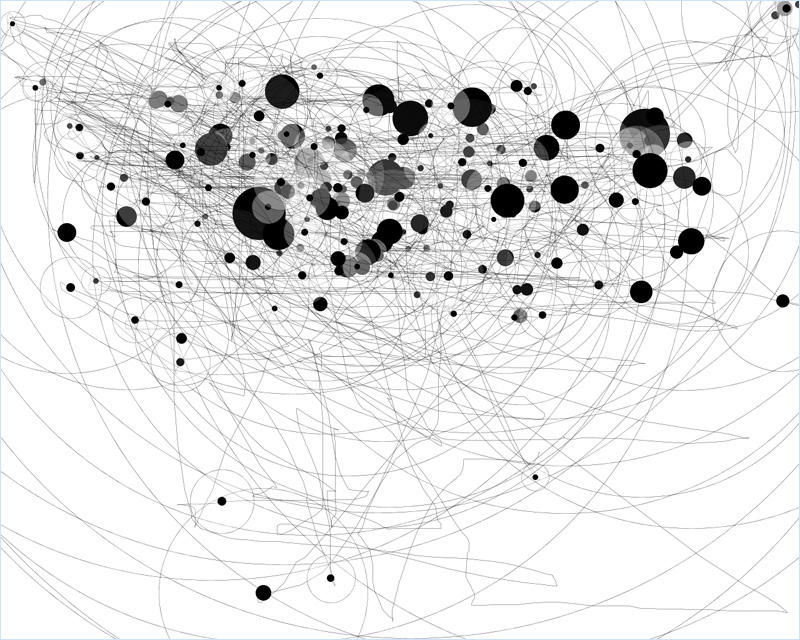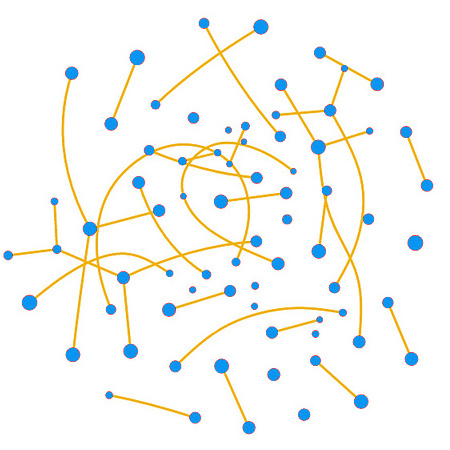Michael Grant declared Wednesday November 16, 2011 as “My Twitter Story” day and invited others (everyone, I suppose) to share their stories. Here’s mine:
I started using Twitter in early late 2008, right after I mover to Manchester, UK. Around that time, Terry Anderson introduced me to Alec Couros and seeing what Alec was doing with Twitter encouraged me to try it out. My participation has varied over time, but I’ve come to tweet for both personal and professional purposes. I am comfortable with colleagues and students knowing that in addition to writing, teaching, and educational technology, I enjoy photography, travel, adventure, Internet culture, and food. Importantly though, through Twitter I’ve come to understand participatory media and cultures and gain an appreciation of the power and limitations of online social networking for learning, teaching, and scholarship. Through Twitter, I have been able to connect students to colleagues, become a better photographer, share my work, and learn from colleagues, who, though I’ve never met face-to-face, I consider to be dear friends. I am probably sounding like a techno-enthusiast, but if you peel away the technology, the number of followers, the character limits, and the twitter clients, you will see that behind the connections lies a desire to connect and share, a desire for openness, in order to improve education. It’s not that Twitter came about and created these feelings. Twitter merely provided the outlet for these feelings to materialize.
Stories and narratives are powerful. They help us in make sense of the world and provide a lens through which to understand experiences. This is my #twitterstory. What’s yours?




